How To Measure Employment-population Ratio
Employment rate Employment rates are defined as a measure of the extent to which available labour resources people available to work are being used. A paid employment whether at work or with a job but not at work.
:max_bytes(150000):strip_icc()/GettyImages-1149239358-f9789453fc4c47c4b40650e1840ef085.jpg)
Employment To Population Ratio Definition
The employment-to-population ratio is equal to the number of persons employed divided by the working-age population and multiplied by 100.
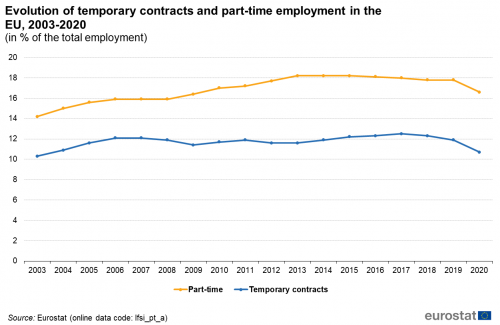
How to measure employment-population ratio. Department of Labor reports that an. This measure is the number of employed as a percentage of the civilian noninstitutional population 16 years old and over. Trends in the ratio The employment-population ratio can be used to measure secular changes in employment patterns among working-age Americans.
This is a bit of a bombshell. The employment-population ratio measures the ratio of adults 16 years of age and older who are employed. The employment-to-population ratio is defined as the proportion of a countrys working-age population that is employed.
Employment comprises all persons of working age who during a specified brief period such as one week or one day were in the following categories. The employment-population ratio is less prone to vagaries caused by seasonal workers or by. Or b self-employment whether at work or with an enterprise but not at work2.
They are calculated as the ratio of the employed to the working age population. The employment-population ratio. One of the most telling measures of a states economy is the employment-to-population ratio for those in their prime-working years.
Divide the number of people in the labor force 1591 million by the total adult working-age population 2535 million. Employment Population Ratio. In other words it is the percentage of the population that is currently working.
The time spent in main and second jobs decreased by more than two hours from 385 hours in 1995 to 363 hours in 2016. The ratio of employment to population is one measure of economic activity that shows the share of population 16 years and older working full- or part-time. To determine the percentage in the labor force.
A ratio can be expressed as a fraction with one number in the numerator above the line and the other in the denominator below the line as an expression of the type 21 or as a statement like 2 to 1 A population ratio shows the relationship of one population subgroup to another or a subgroup to the entire population. The denominator in this one is hard to count although the numerator might be open to some tricks. Another issue is the size of the working age population as a of the total population.
Where can people find the data. The employment-population ratio has additional value as a summary measure when the unemployment rate and labor force participation rate send conflicting signals about employment growth. On the other hand youve got the civilian employment-population ratio.
The employment rate is insensitive to this change in working time but it can be adjusted by a factor equal to the ratio of total average hours worked in main and second jobs to the average working hours of a full-time employed. Chart 2 which traces move-ments in the ratio over three decades shows that the overall ratio fluctuated around the 55-percent mark from the late 1940s until the late 1960s. Basically take the number of employed non institutionalized civilians over 16.
According to a new study by researchers at the Federal Reserve Bank of New York the employment-to-population ratio a widely-touted measure of purported slack in. The employment-to-population ratio is the proportion of a countrys working- age population that is employed. The government will be paying more on welfare benefits to support those out of employment.
For example Japan has an employment rate of 70 of the working age but with an ageing population this is a small of the total.

Calculating The Unemployment Rate Macroeconomics

Total Comprehensive Income Astra Agro Lestari Tbk 2017 2018 Financial Statements Accounting Income Financial Statement Basic Concepts
/GettyImages-1025082012-5ba64f7f4911481bb11a2e2137be6c37.jpg)
Employment To Population Ratio Definition

The Economist On Twitter Germany Poland Economist Job Career

Employment Annual Statistics Statistics Explained
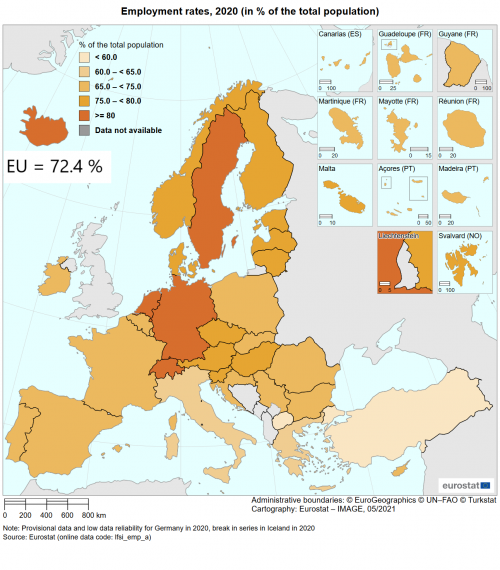
Employment Annual Statistics Statistics Explained
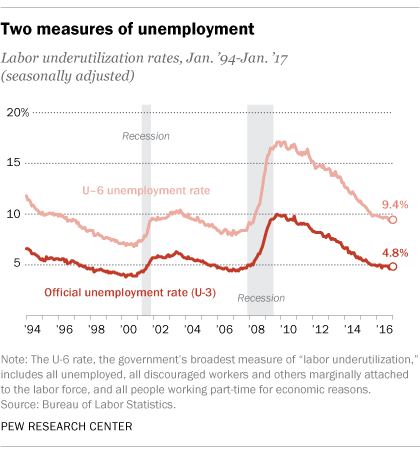
Going Beyond The Unemployment Rate Pew Research Center

Measuring Recovery Count The Employed Not The Unemployed Published 2014 Employment Data Visualization Ratio

Employment Statistics Within National Accounts Statistics Explained

Nbcot Research Review Page 5 Occupational Therapy Schools

Employment Annual Statistics Statistics Explained

Ntide Jobs Report Employment Dips Again For People With Disabilities Participation Rate Employment Disability
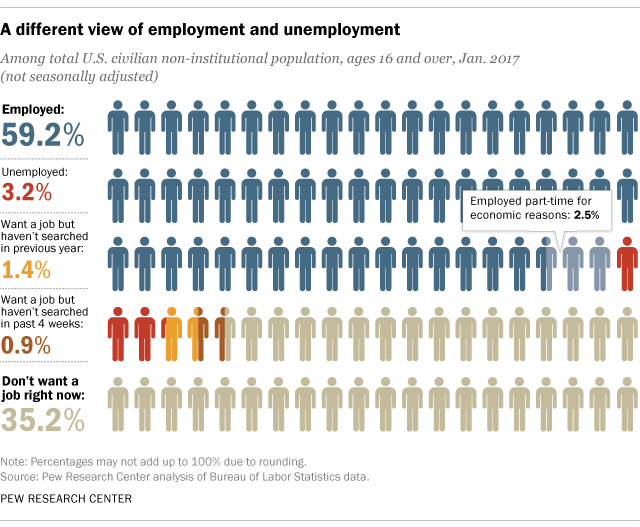
Going Beyond The Unemployment Rate Pew Research Center

Employment Annual Statistics Statistics Explained

World Indicators Of Skills For Employment Wise New Oecd Database Business Skills Skills Career Development

Employment Rate In Oecd Countries 2019 Statista
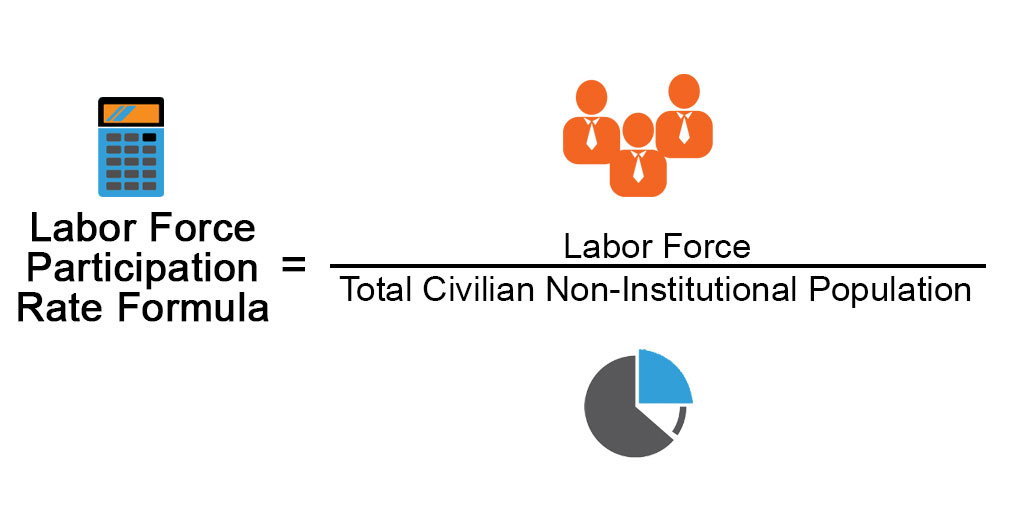
Labor Force Participation Rate Formula Examples With Excel Template


Post a Comment for "How To Measure Employment-population Ratio"